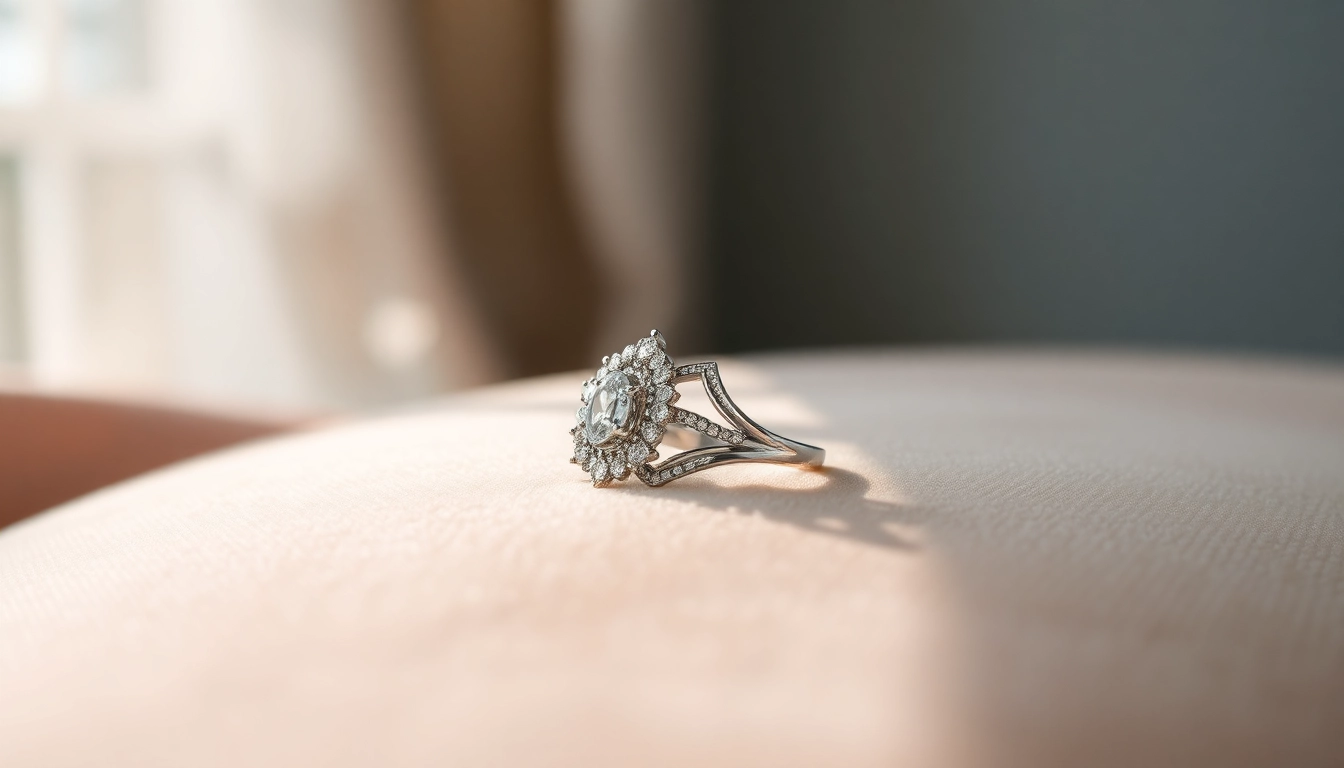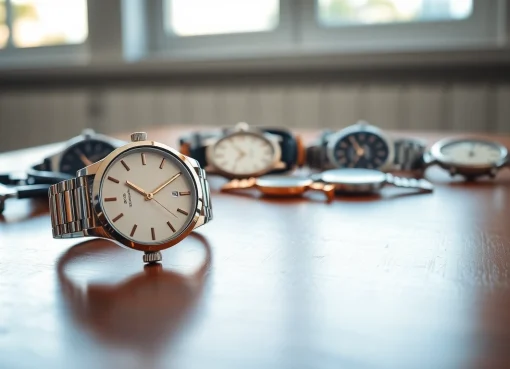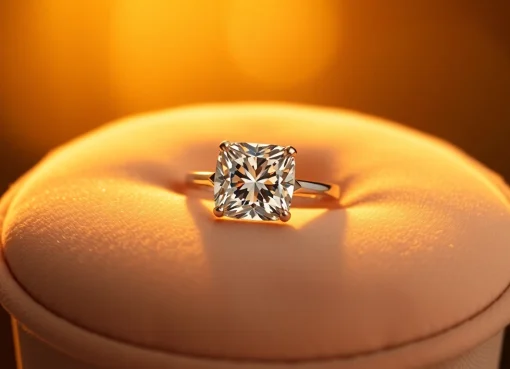Silver Jewelry: Craftsmanship, Style, and Trends

1. Introduction to Silver Jewelry
Silver jewelry has captivated people for centuries, presenting a brilliant blend of elegance, artistry, and versatility. From intricate rings that symbolize love to delicate necklaces that accentuate beauty, silver jewelry encompasses a vast array of styles and designs. As you explore the realm of silver jewelry, you’ll uncover not only its aesthetic appeal but also its rich history and significance.
1.1 What is Silver Jewelry?
Silver jewelry refers to ornamental objects made primarily from silver or an alloy that contains a significant amount of silver. The most commonly used alloy is sterling silver, which consists of 92.5% silver and 7.5% other metals, typically copper. This combination enhances the durability of the jewelry while preserving the beauty of silver, making it an ideal choice for a variety of designs.
1.2 The History of Silver in Jewelry Making
The history of silver jewelry dates back thousands of years. Ancient civilizations such as the Egyptians and Greeks began crafting intricate designs from silver, often using it to symbolize wealth and status. Throughout the ages, silver has been used for personal adornment, religious artifacts, and trade, emerging as one of the most valued materials across different cultures.
1.3 Types of Silver Used in Jewelry
While sterling silver is the most recognized type used in jewelry making, various forms and alloys exist. These include:
- Argentium Silver: A modern alloy containing 92.5% silver, enhanced with germanium to reduce tarnishing.
- Mexican Silver: Typically refers to silver that is at least 92.5% pure but often includes metals such as copper.
- Coin Silver: Historically used in the U.S., this alloy is made from 90% silver and was commonly used in the 19th century.
- Fine Silver: Composed of 99.9% silver, it is softer and more malleable than sterling silver.
2. Popular Styles and Trends in Silver Jewelry
With evolving fashion trends and personal styles, silver jewelry comes in a myriad of designs. Let’s explore the current styles shaping the landscape of silver jewelry.
2.1 Current Trends in Silver Jewelry Design
Modern silver jewelry is characterized by innovative designs that merge traditional craftsmanship with contemporary aesthetics. Some notable trends include:
- Minimalist Designs: Simple silhouettes and clean lines are incredibly popular, allowing the beauty of the metal to shine through.
- Mixed-Material Jewelry: Incorporating materials like leather, gemstones, or enamel gives pieces a unique touch.
- Statement Pieces: Large and bold designs that catch the eye and serve as conversation starters are on the rise.
2.2 Celebrity Influence on Silver Jewelry Styles
Celebrities and influencers often dictate fashion trends, including those in silver jewelry. Iconic actors and musicians frequently wear statement silver pieces, inspiring fans to replicate their styles. Fashion events and red carpets show leading brands showcasing unique silver designs that subsequently become mainstream trends, making silver jewelry a staple in many wardrobes.
2.3 Silver Jewelry for Different Occasions
Silver jewelry’s versatility makes it suitable for various occasions:
- Everyday Wear: Simple silver studs or delicate chains are perfect for daily outfits.
- Formal Events: Elegantly crafted silver earrings or statement necklaces can complement evening gowns or formal attire.
- Casual Get-Togethers: A fun mix of silver bangles or layered necklaces adds a chic flair without being overly extravagant.
3. How to Care for Your Silver Jewelry
Proper care will prolong the life of your silver jewelry, ensuring it remains as stunning as the day you bought it. Here are some essential maintenance tips.
3.1 Cleaning Techniques for Silver Jewelry
Tarnish is one of the primary concerns for silver owners. Regular cleaning helps maintain the shine:
- Regular Cleaning: Use a soft cloth to wipe your jewelry after wearing it to remove oils and dirt.
- Soap and Water: Mix mild soap with warm water and use a soft brush to clean intricate designs. Rinse and pat dry.
- Commercial Cleaners: There are various silver jewelry cleaners available; however, always follow the instructions provided by the manufacturer.
3.2 Storing Silver Jewelry Safely
Creating an organized and safe storage solution can prevent scratching and tarnishing:
- Anti-Tarnish Pouches: Storing jewelry in anti-tarnish pouches or cloth can greatly reduce tarnishing.
- Separate Storage: Keep pieces separate to avoid scratches; use a jewelry box with compartments or soft pouches.
3.3 When to Seek Professional Repair
If your silver jewelry is damaged or tarnished beyond normal care, consider professional cleaning or repair:
- Broken Chains: Take them to a jeweler who can properly repair them.
- Loose Stones: Ensure any gemstones are securely set to avoid loss during wear.
4. Buying Silver Jewelry: What to Look For
Purchasing silver jewelry involves understanding quality, craftsmanship, and authenticity. Here’s how to ensure a wise investment.
4.1 Understanding Silver Purity and Quality Marks
Familiarizing yourself with purity standards is crucial for making informed purchases. Here are common purity marks:
- 925: Indicates sterling silver, ensuring you have a high-quality product.
- Fine Silver 999: Represents almost pure silver but may not be practical for jewelry due to its softness.
- Symbols and Hallmarks: Check for manufacturer symbols that certify quality.
4.2 Finding Reputable Retailers
Shopping for silver jewelry from reputable retailers is essential:
- Established Brands: Look for brands with a history of craftsmanship and a strong reputation.
- Customer Reviews: Engaging with previous customers can provide insights into the retailer’s customer service and product quality.
4.3 Tips for Selecting the Perfect Piece
Selecting silver jewelry should align with personal taste and style:
- Understand Your Style: Determine whether you prefer classic, modern, or vintage styles.
- Consider Versatility: Pieces that can complement multiple outfits and occasions offer the best value.
5. The Investment Value of Silver Jewelry
Investing in silver jewelry can provide both aesthetic pleasure and value. Understanding its investment potential is vital.
5.1 Silver Jewelry as a Personal Investment
Unlike other types of jewelry, silver jewelry often retains its value. Factors that contribute to this includes:
- Market Demand: The growing appreciation of handmade and artisan jewelry can impact value positively.
- Historical Pieces: Vintage silver jewelry can command higher prices in the resale market.
5.2 Comparing Silver Jewelry to Other Precious Metals
While gold and platinum are traditionally seen as the go-to investment metals, silver offers unique advantages:
- Affordability: Silver’s lower price point makes it accessible for most shoppers.
- Growing Appeal: Many designers are exploring silver’s versatility, thus increasing its popularity and demand.
5.3 Recognizing Limited Edition and Vintage Silver Jewelry
Limited edition pieces often hold significant value and can become cherished heirlooms:
- Research Brands: Identify reputable brands offering limited lines.
- Antique Shops and Auctions: Attend local auctions or antique shops for potentially undervalued vintage pieces.



Leave a Comment